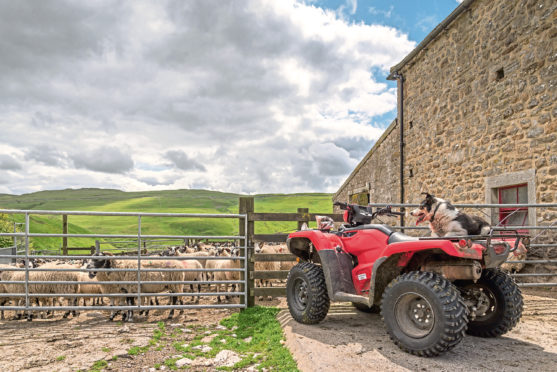More than two-thirds of consumers believe British farmers are doing a good job producing food for the nation during the Covid-19 crisis, according to a survey commissioned by levy body AHDB.
The survey of more than 5,000 people, carried out last month by YouGov, found 71% of respondents believe farmers are doing a good job producing food during the pandemic.
However, only 51% say they will proactively look for British food, over imports, once Covid-19 restrictions are eased.
“While within the food industry Britishness may equate to food security, it appears not to be the case for consumers who do not make those links,” said AHDB consumer insight manager Susie Stannard.
“Britishness is often a secondary factor for consumers. Therefore, communications need to go further than the country of origin, towards key points of difference like local, sustainable, high quality.”
The survey also revealed a boost in meat and dairy consumption and a reduction in the number of people planning to reduce the amount of meat and dairy they eat in the period after lockdown.
“In fact, the amount of people claiming to be eating more meat has doubled from seven to 14%, while those reducing has moved from 27% to 16%,” said Ms Stannard.
“For dairy, there has also been a reduction in those claiming to cut back, from 17% to 11%, and consuming more increasing from 5% to 12%.”
Ms Stannard said a decline in consumer financial confidence during the crisis meant the price of food become a more important factor to shoppers than environmental credentials.
“In the face of an impending recession, factors such as provenance, environment and welfare temporarily take a back seat to price and availability,” said Ms Stannard.
“However, this pandemic has also raised questions about environment and our way of life which means these concerns are still bubbling under the surface.”
She added: “Much valuable work has already been done but it is important that the industry continues to make demonstrable progress in areas such as welfare and the environment alongside the very clear immediate focus on how best to continue to deliver safe, affordable and sustainable food.”
